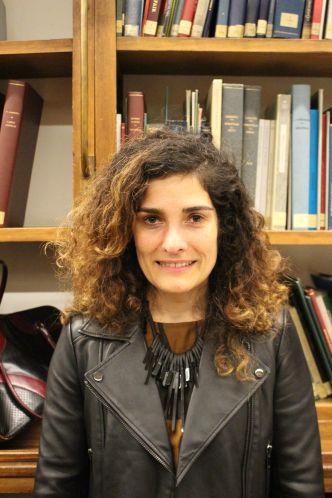Prof. Dr. Sinem Casale
Wiss. Assistentin

Sinem Casale is an Associate Professor at the Department of Art History, University of Minnesota. She specializes in Islamic art and architecture, with an emphasis on the history and visual culture of the Ottomans, Safavids, and Mughals. Centering on the relationship between art, diplomacy, religion, and trade in the early modern Muslim world, Casale's research explores issues that relate to exchange and encounters, materiality, gift-giving practices, and courtly rituals in early modern courts. Her first book, Gifts in the Age of Empire: Ottoman-Safavid Cultural Exchange, 1500–1639 (University of Chicago Press, 2023), approaches relations between two rival Muslim empires through the lens of art rather than warfare or religious conflict. The book examines matchless works of art, such as the famous Shahnama of Shah Tahmasp, as well as a large number of less well-known and completely unstudied gifts, ranging from lavishly illustrated books and exquisite silk carpets to richly embroidered tents, and even live birds of prey. This analysis of the gifts’ carefully crafted messages, the itineraries they followed from one court to the other, and the contested nature of their presentation and reception offers a fresh perspective on the history of Islamic art, the development of Islamic political culture, and evolution of the Sunni-Shi’i rivalry in artistic and cultural terms.
Previously, Casale taught at McGill University's Institute of Islamic Studies. She has also held a Max Weber Post Doctoral Fellowship at the European University Institute in Florence. Her research has been supported by numerous other institutions and organizations, among them the Center for Advanced Study in the Visual Arts at the National Gallery of Art, the American Council of Learned Societies, the Social Science Research Council, American Research Institute in Turkey, and the Kress Foundation. Her current research projects explore the globality of early modern art, and cross-cultural interactions from the perspectives of food culture and entertainment on the one hand, and representations of war and violence on the other.


